by Matt Konkle
The wobble.
Anyone who has driven a Jeep for any length of time most likely knows all about the wobble.
That wheel shake, almost a violent one, which seems to show up out of nowhere after hitting some sort of bump or pothole, or sometimes following a hard press on the brake pedal.
Mike Kelly remembers the first time he encountered the wobble.
Kelly, owner of East Coast-based overlanding company Wheelers LLC, is a long time overlander and trail rider, and had just gotten a 2014 Wrangler JK when his struck on Interstate 95 in Center City, Philadelphia.
”I was going about 65-70 in the middle lane and hit a bump,” he says. “And the next thing you know, I had to slow down almost to a stop to get that wobble to go away.”
“It can definitely be a scary thing, death wobble, with the Jeep violently bashing and everything inside rattling, especially on the highway. It almost felt like the axle was going to fall off.”
In reality, the axle won’t fall off. Nor will the wheels come apart. It just feels that way. And, really, even the term death wobble is quite a bit misleading because for all the shaking and, um, wobbling, it is just a matter of keeping your head and using common sense to regain control and safely overcome the situation. It is also important to remember that even though the problem is termed death wobble, no one has ever died because of the issue.
In fact, for all its mystique and talk among enthusiasts, there never has been a recall issued by the National Highway Transportation Safety Administration for death wobble. According to the Detroit News , NHTSA last did a study on the 2005-10 model year Jeeps and found only two crashes blamed on death wobble, with just one listed as causing some sort of non-fatal injury. In contrast, Jeep sold 542,134 Wranglers during that time frame.
Chrysler did issue a Technical Service Bulletin back in 2012 warning drivers of its solid axle vehicles that steering systems needed to be kept in good working condition, but also did not issue any sort of recall.
So, now that you have a little background, what exactly is death wobble? What are the causes and best ways to handle the issue when it occurs? And what are some of the most important things to check, in order to fix the problem.
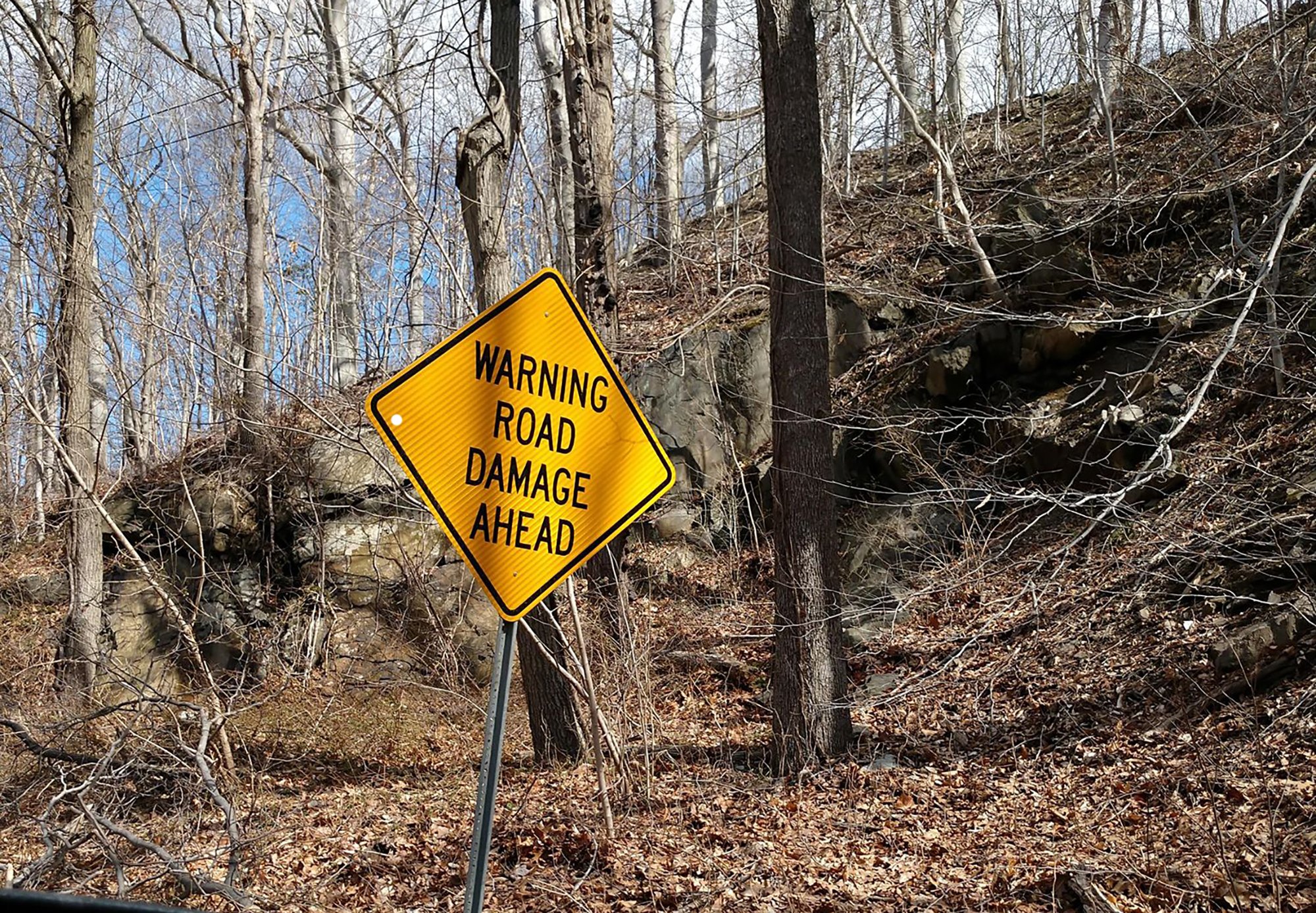
Death Wobble Explained
Quite simply, death wobble is the seemingly uncontrollable side-to-side shaking of a Jeep’s front end steering components and – by extension – its steering wheel. While its dark name by no way indicates what will happen to you after the problem starts, death wobble does make the Jeep difficult to control, and can make you think the whole front end is about to fall apart. It is a problem inherent to solid axle vehicles, and can certainly make for some white-knuckle driving if it catches you unaware. But it is not something ‘guaranteed’ to happen. So just because you own a Jeep does not mean you are going to be affected. However, if it does happen, it usually starts when one tire hits a groove, pothole, or some other bump in the pavement at speeds around 45 miles-per-hour - or even after a heavy tap on the brake.
"Death wobble is caused by something very simple - it’s the vehicles inability to absorb the natural vibration caused by driving," says Mike Gardner, longtime Jeep enthusiast, vintage Jeep expert and co-host of Willys restoration show 'Throwing Wrenches'. "This problem can be in the front suspension or in the steering. As your Jeep drives down the road it vibrates. Imagine the vibration is a ripple in a pond, starting at the front bumper and traveling through the Jeep to the rear bumper, then bouncing back. In the case of your Jeep the ripple in the pond is a constant and ever changing wave. Your Jeep is designed to absorb and control this vibration, but the frequency becomes to much to absorb at 40 to 55 miles-per-hour when your Jeep has death wobble."
Now, this wobble isn’t to be confused with another Jeep issue called ‘Bump Steer’, which is a problem that normally arises after adding a suspension lift to the Jeep. Bump steer occurs when the vehicle darts right or left after hitting a bump in the road, and is easier to identify through improperly installed suspension kits, or broken/damaged steering components.
Nor should it be confused with a vibrations felt at higher speeds, as this is normally caused by an improperly aligned vehicle.
Safely Overcoming Death Wobble
The first thing to do when the wobble strikes is not to panic. That may seem obvious, but it still can be difficult to accomplish when your vehicle suddenly hits a bump and starts shaking wildly at higher speeds. It is also important to remember that even though it may feel like you are out of control, the vehicle is still going straight.
Maintain a solid grip on the steering wheel throughout the experience. Not a strangulation hold, but good enough to keep control. Often times, the harder you grip the wheel, the more you could damage your fingers or hands from violent steering wheel sways.
As far as resolving the issue, the best way - and really only way - is to bring the Jeep to a stop through controlled braking. Don’t mash the brake pedal, as that will only make the vehicle more difficult to control, and do not give the Jeep gas in hopes of accelerating through the problem. Instead, bring it to a controlled stop on the shoulder, and out of the way of other traffic.
"If you experience wobble you need to come to a complete stop, because only a complete stop will stop the shake," Gardner says. "People like to power through the wobble by increasing speed, but it is very possible it would get worse and cause more damage or cause you to lose all control of the vehicle. My suggestion is to stop completely on the side of the road as safe as possible. If needed, change your pants and start moving again. This time avoid the speed that caused it, usually 40 to 55 miles per hour, but not always. Also avoid large pot holes or large impacts such as speed bumps. If you have to hit an impact take it slow. Hitting them slow will keep any shaking down to a minimum and not cause more damage to your vehicle that already has some obvious issues."
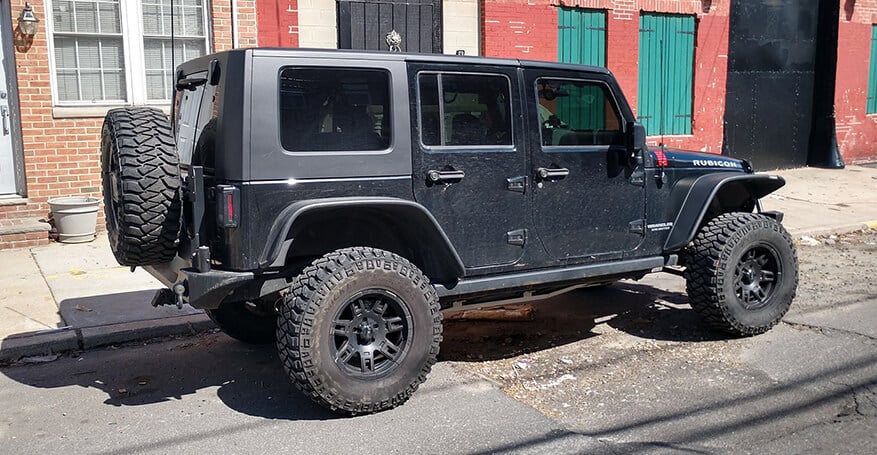
Death Wobble Misconceptions
One of the biggest myths regarding death wobble is that all stock Jeeps are immune, and only lifted Jeeps are affected. This is absolutely not true, as any solid front axle vehicle can get death wobble under the right conditions. However, those who have recently added suspension upgrades usually are more likely to experience death wobble.
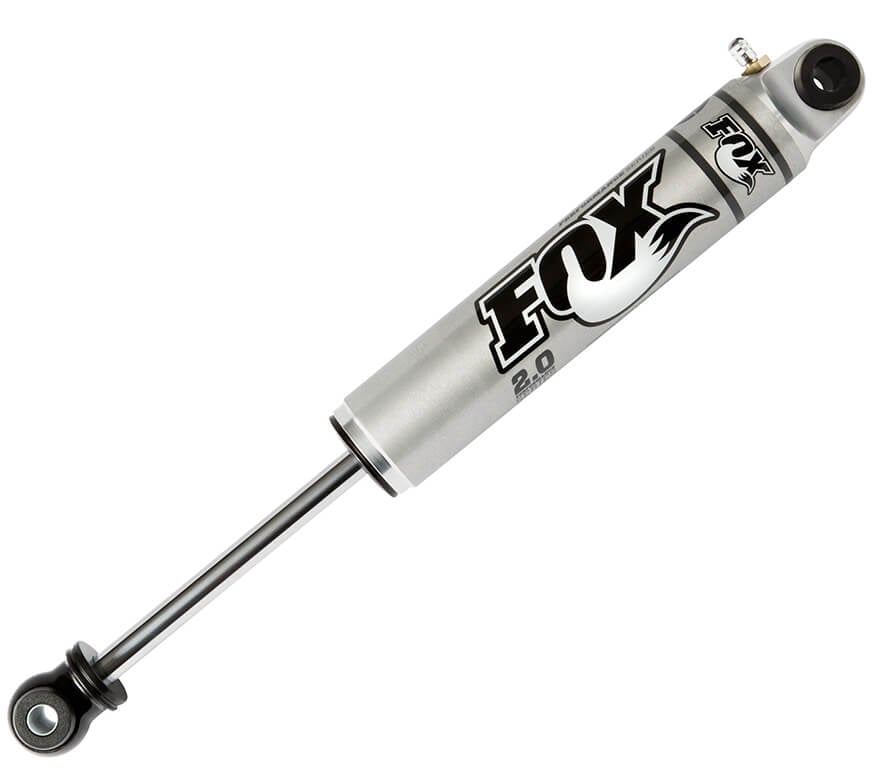
Another incorrect belief is that swapping out the Jeep’s steering stabilizer to a stronger version will solve death wobble. While a steering stabilizer is a good tool to act as a ‘cushion’ for your steering, and help dampen normal steering wander after hitting a rut, in reality a stronger steering stabilizer will only tend to mask the underlying issues. In fact, a steering stabilizer can only make things more difficult to resolve and even may cause more problems down the road.
Possible Causes of Death Wobble
The effects of death wobble are easy to see (and tough to experience), but discovering reasons and causes behind the problem are a bit more difficult to diagnose, mainly because this extreme wobble can be caused by numerous different loose or damaged components throughout the entire steering and suspension system. Or it can be caused by one worn or bad part. See the problem? It is not a hard and fast rule. But most likely if you experience death wobble, it is because these parts have been bad for awhile.
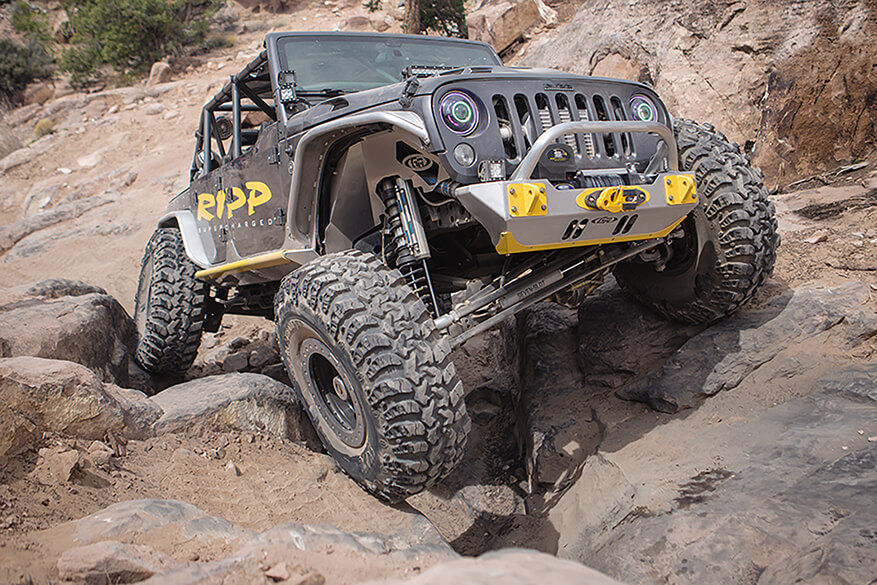
”While it seems like death wobble comes out of nowhere, the signs and symptoms are typically building towards that first time you hit 55 mph and you get completely shocked by the overwhelming feeling that comes with death wobble,” says Jeff Yurk, Chief of Operations at Unofficial Use Only - a Michigan-based custom vehicle builder and garage. “I run 42-inch tires on the Ripp Supercharged Grappler JK build and one of the things I have always tried to ensure was that all the steering and suspension components were top notch and able to handle the harsh requirements that come with running a very large off-road tire.”
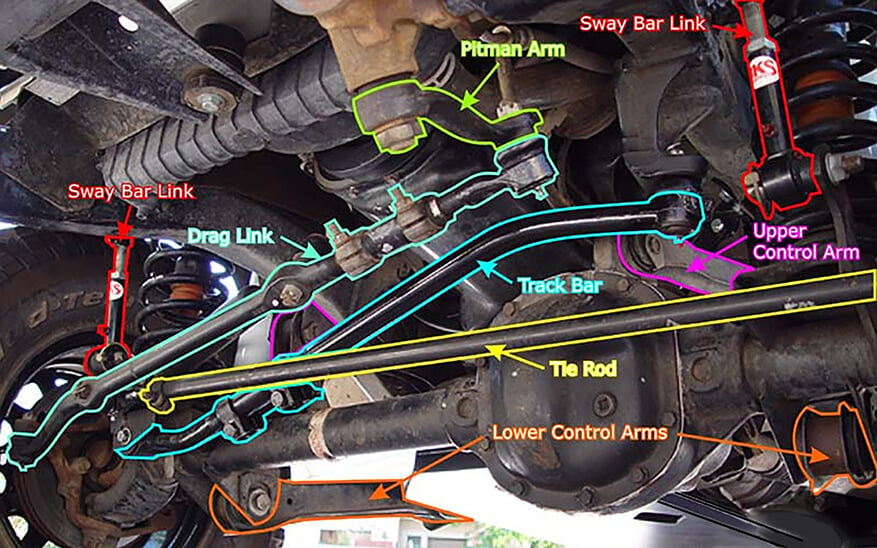
The best place to start understanding and rooting out the causes of death wobble is to get under the vehicle and give the steering and suspension a good visual inspection. Components like your front track bar, tie rod and tie rod ends, ball joints, upper and lower control arms as well as bushings, and wheel bearings should all be checked for excessive wear, damage or missing parts. In addition, if you have recently installed a new suspension lift then ensure the hardware is properly torqued and nothing is loose or out of place.
"My first way of finding a cause is a simple hands on walk around," Gardner says. "I pull, push and twist suspension and steering by hand, and it is best to do this on a lift. Many times you can inspect and or remove the steering stabilizer and test drive it see if the problem still exists. Your Jeep is designed to function absolutely perfectly without a steering stabilizer. After that easy and simple cause had been identified or eliminated you can move on to other systems."
Another important thing to check is the alignment of your wheels and tires. While these aren’t necessarily a cause of death wobble, any unbalance can certainly make the issue worse. Plus, if you are out of alignment, then getting your wheels set up correctly will save tire life.
Fixing Death Wobble
Like we’ve said before, death wobble can strike both a stock or lifted Jeep thanks to all of these vehicle having solid front axles. So knowing that, and owing a Jeep, how can you fix the problem and prevent it from happening – or happening again if you’ve been through it before?
Well for starters, remember to ignore anyone who says throwing a new steering stabilizer at the problem will solve the issue. We previously covered this as a misconception and, in fact, the best thing you can do when striving to fix wobble is to disconnect that stabilizer in order to get a more accurate diagnosis.
Next, take what you’ve learned from your visual inspection and make sure all the bolts in your suspension and steering parts are tightened to proper specs. Basically, if there is any looseness in these bolts, then death wobble can take advantage at the right moment.
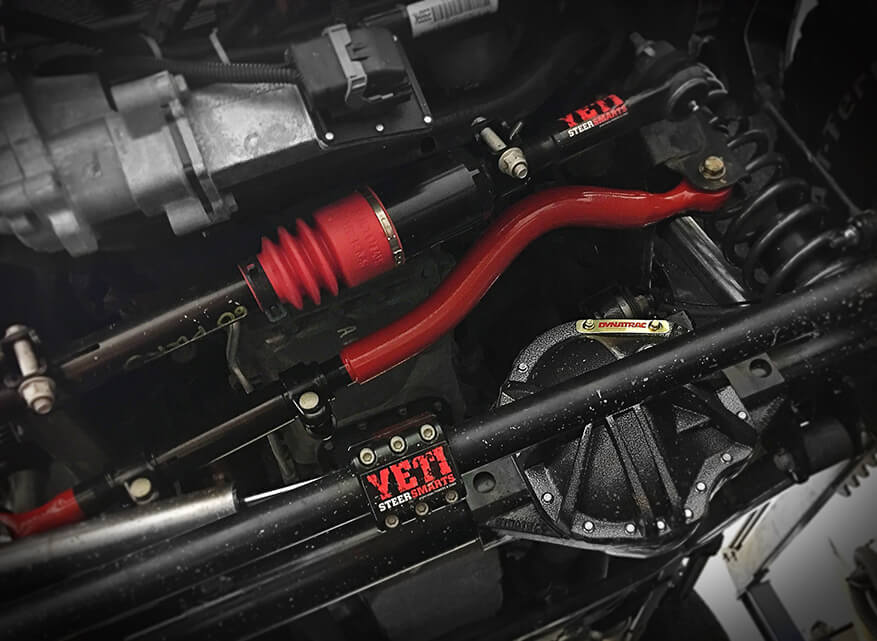
After tightening all bolts, the first part to attack is your factory track bar. This is a product designed to absorb a lot of force and keep your vehicle’s axle from drifting side to side. Over time though, this force can deform the bar’s frame side bolt hole, causing the bolt to become loose and track bar bushings to wear out. The result can be a significant amount of play in the track bar.
Luckily, is it pretty simple to determine if there is an issue.
Grab a buddy and set the Jeep in neutral with the motor off, but key in the ‘on’ position. Have your buddy turn the steering wheel back and forth – about a quarter turn each way. Ideally, your track bar should stay firmly in place when this happens. However, if there is play in the track bar and you know the bolt is properly torqued, then either the bushing or bolt may be bad. Also, if your track bar was moving even with the bolt firmly in place, then your bushing is worn out and the track bar should be replaced.
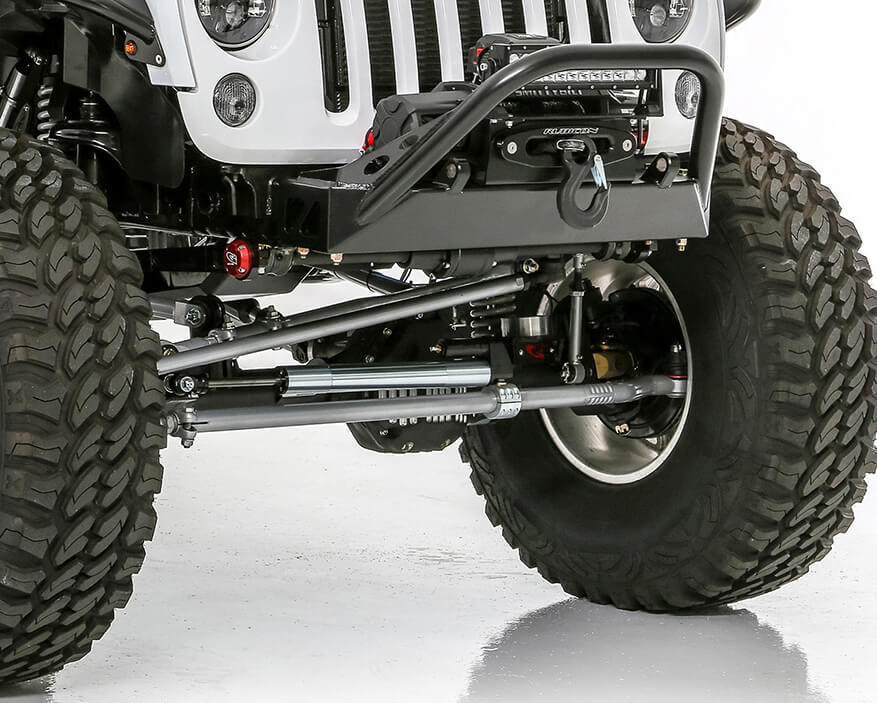
Your Jeep’s tie rod and tie rod ends should be next on the hit list. To check these, use a jack to lift up the front of the Jeep and then have a friend grab one wheel and twist it back and forth. If the tie rod doesn’t move, but the ends seem to wiggle, then they most likely need replacement. Of course, if the rubber boot is torn or damaged that is another replacement sign. Plus, if the actual tie rod is bent then definitely look at swapping out that tie rod. A bent tie rod not only can cause shaky steering wheel syndrome and bump steer, but also will certainly exacerbate death wobble and causes excessive tire wear.
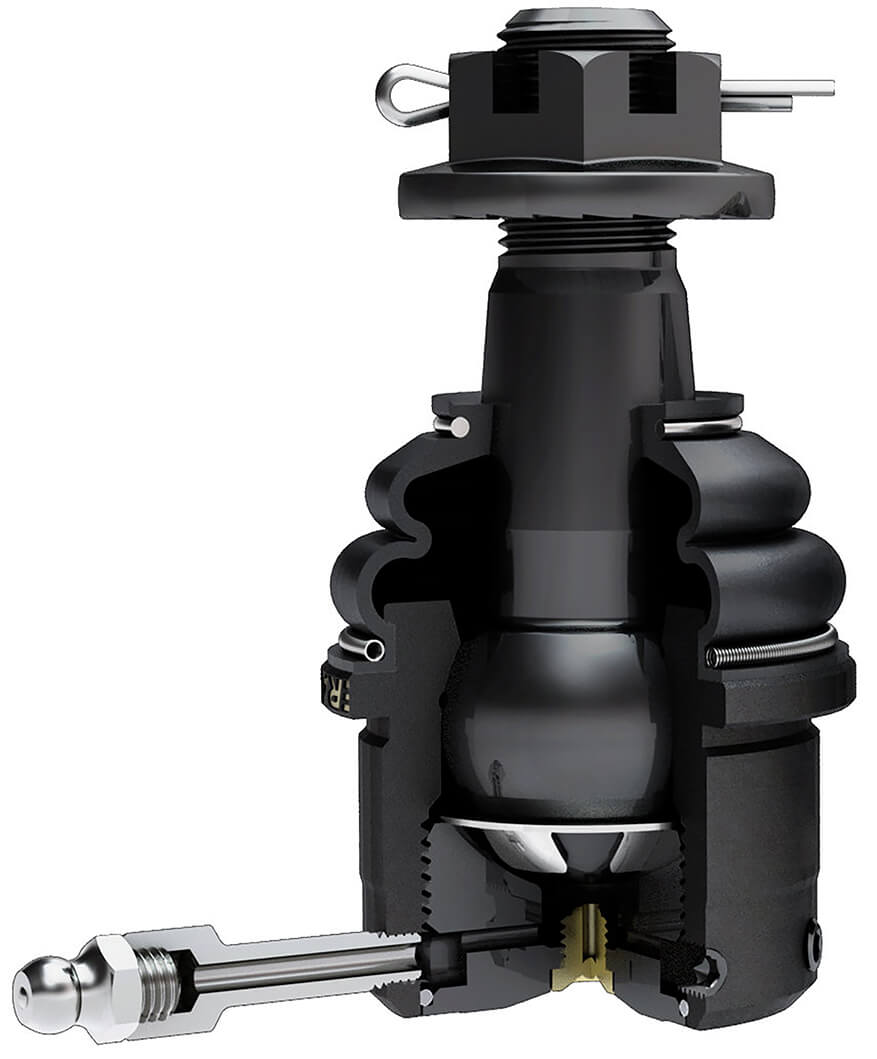
The vehicle’s ball joints are yet another important part to investigate when trying to eliminate death wobble. These ball joints connect the steering knuckle to the axle, are encased in rubber boots filled with grease and designed to help smooth out steering. If these boots are damaged and grease is leaking then it’s a good bet the ball joints need replacement. You can also lift up the vehicle with a jack and check the ball joints by pushing against the tire with a pry bar. If there is any movement in the joint then definitely replace those ball joints.
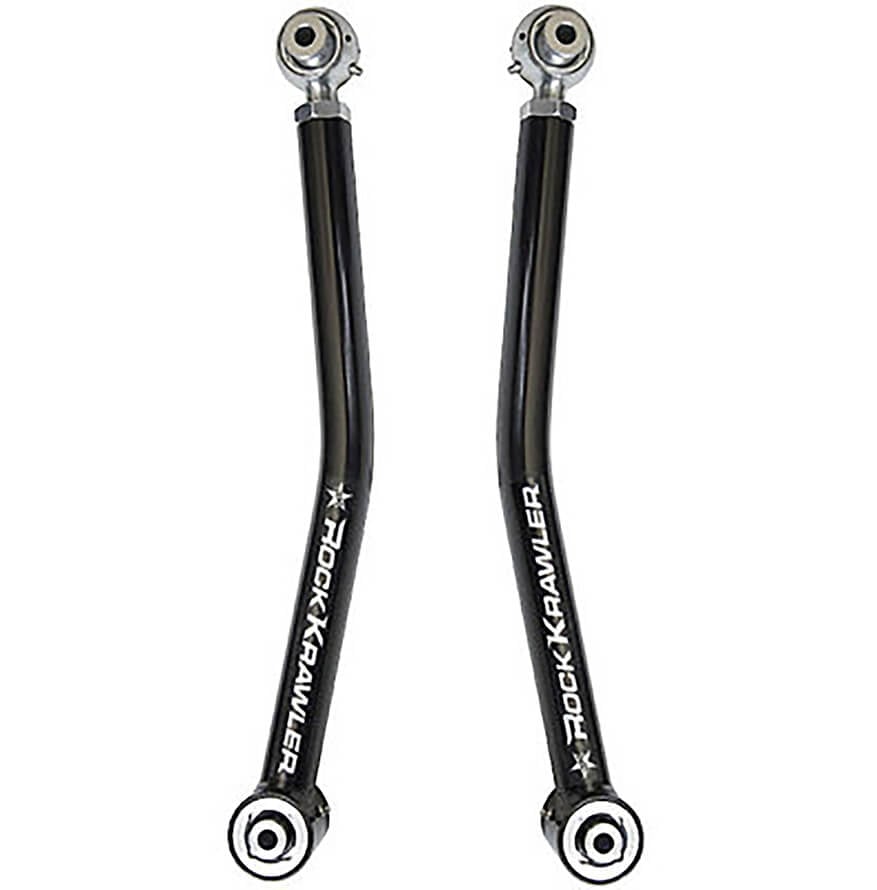
Control arms and control arm bushings can also be an issue and this is something easily determined with a visual inspection. Basically, if the arms are bent or cracked then it is a good idea to replace the control arm as these parts help ‘control’ the up and down movement of your Jeep’s suspension. Damaged arms remove that control and lead to excessive vibration in the suspension. If the control arms are fine, don’t forget to check the bushings as these rubber pieces can enlarge and wear out over time - affecting the ability of the control arms to do their thing.
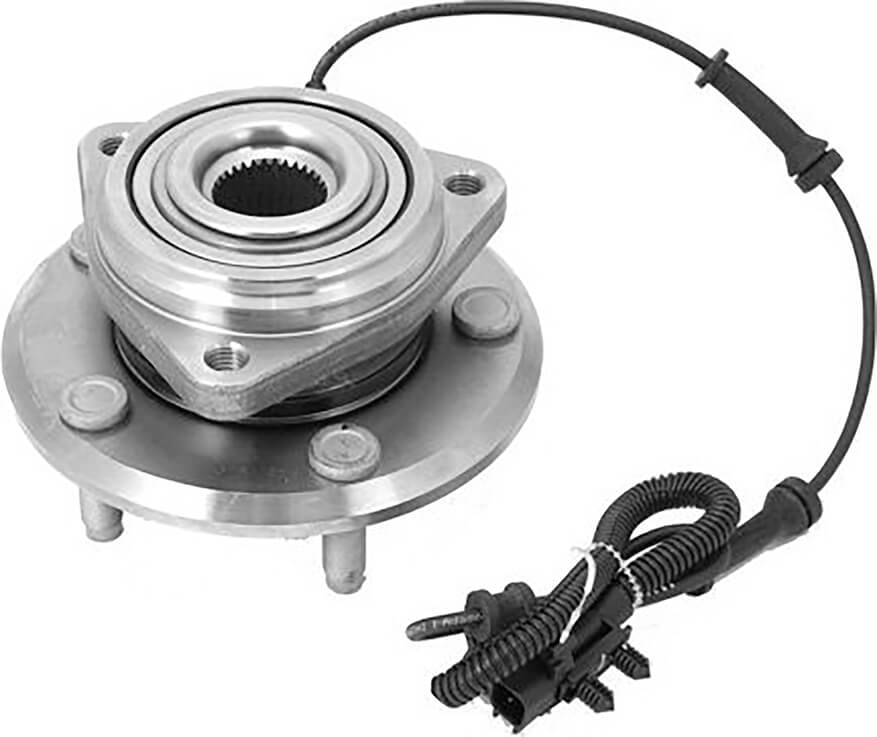
Worn wheel bearings may contribute to death wobble as well and are very easy to test. Jack up one of your Jeep’s front wheels and grasp the tire at the 12- and 6-o’clock position, then wiggle the tire. If you feel movement, then you most likely have a worn wheel bearing. Check the other side as well.
One other thing to check which can also have an impact on death wobble is your tires. Unbalanced, damaged, or improperly inflated tires play a role in the sense that something needs to start the wobble. A warped, underinflated or unbalanced tire hitting a bump or pothole can be enough to set the whole thing in motion.
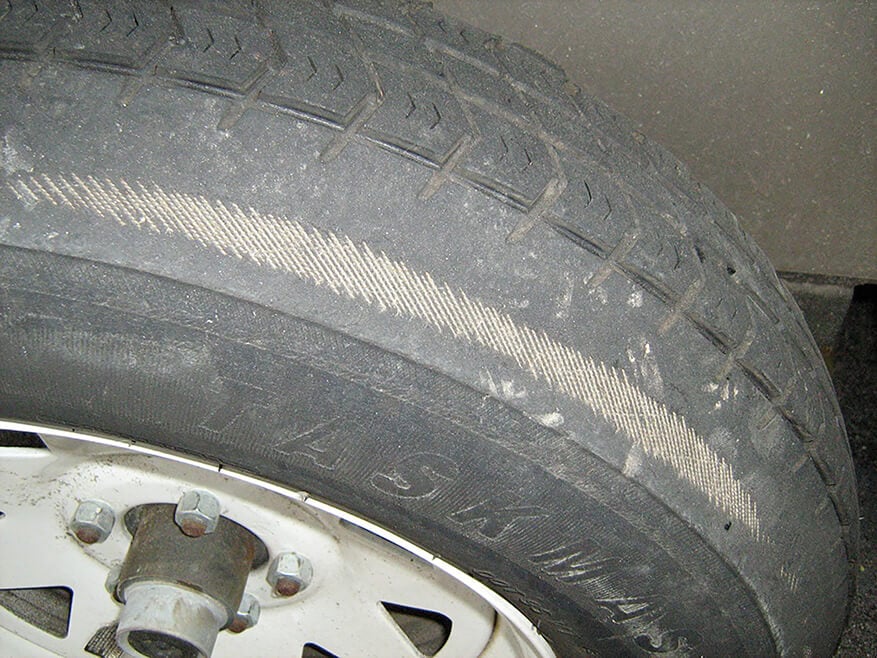
Finally, anytime after installing a new suspension lift or adding new steering and suspension components, you should get a front end alignment. Make sure you use a company who knows how to deal with 4x4 vehicles and won’t sell you on simply getting a four-wheel alignment, as you do not have independent rear suspension in your Jeep. A good alignment shop will also know how to properly set your vehicle’s caster and toe angle.
Follow Up Maintenance
So with everything now inspected, all those components correctly tightened and maybe even a few parts replaced, the risk of getting that crazy wobble after unexpectedly striking a bump or pothole is significantly less. However, the job isn't really over. Truth is, it is never really over.
Regular checks of these components, especially the tires and suspension hardware, and specifically after installing any new suspension lift kits or parts, is all part of a proper maintenance plan that will provide peace of mind and help ensure the wobble is a thing of the past

